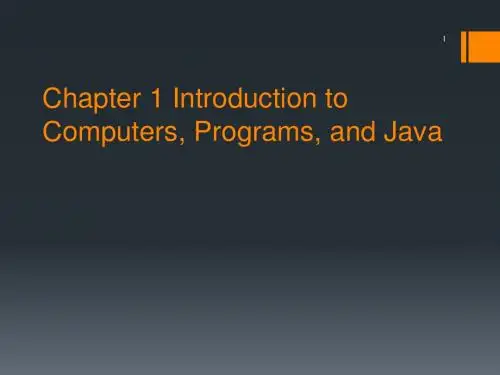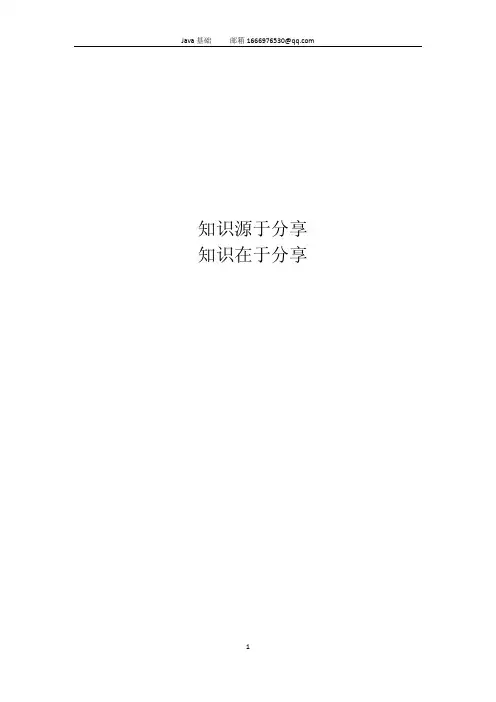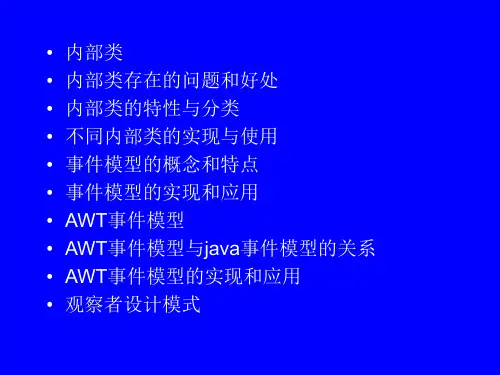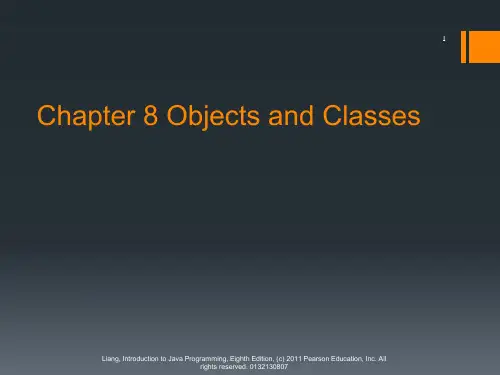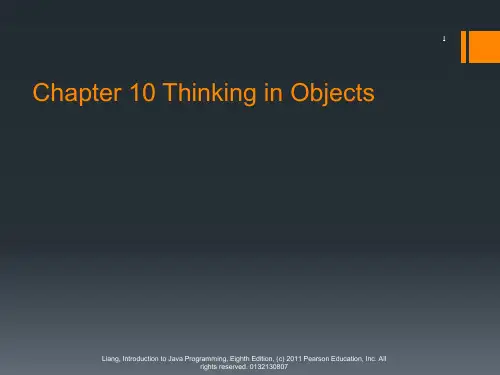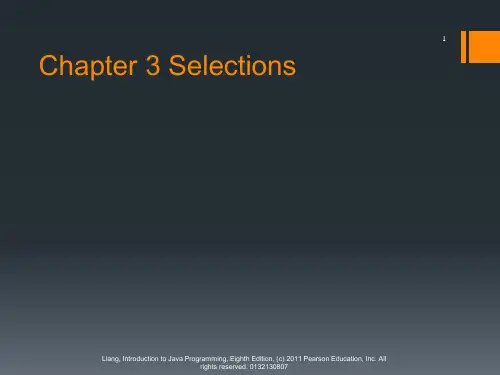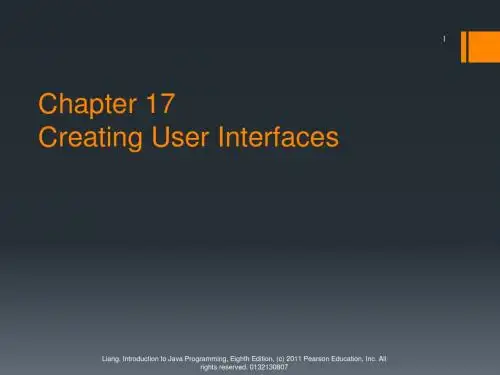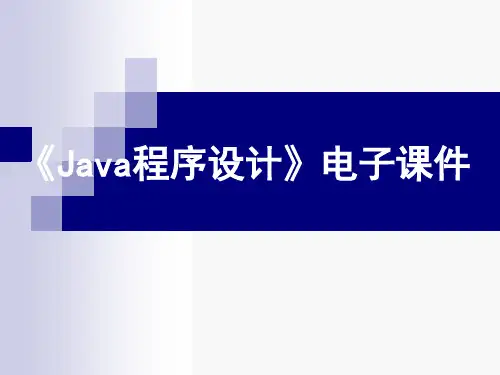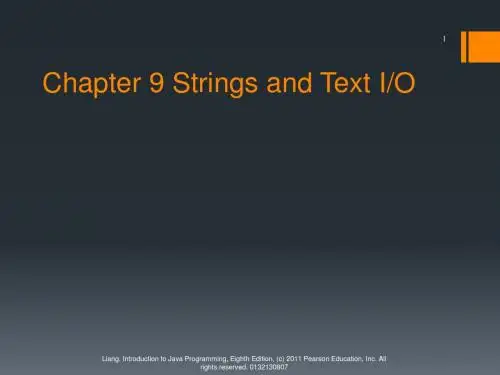Memory
CPU
Communication Devices e.g., Modem, and NIC
Input Devices e.g., Keyboard, Mouse
Output Devices e.g., Monitor, Printer
CPU
4
The central processing unit (CPU) is the brain of a computer. It retrieves instructions from memory and executes them. The CPU speed is measured in megahertz (MHz), with 1 megahertz equaling 1 million pulses per second. The speed of the CPU has been improved continuously. If you buy a PC now, you can get an Intel Pentium 4 Processor at 3 gigahertz (1 gigahertz is 1000 megahertz).
Memory
CPU
Communication Devices e.g., Modem, and NIC
Input Devices e.g., Keyboard, Mouse
Output Devices e.g., Monitor, Printer
Monitor Resolution and Dot Pitch
How Data is Stored?
Data of various kinds, such as numbers, characters, and strings, are encoded as a series of bits (zeros and ones). Computers use zeros and ones because digital devices have two stable states, which are referred to as zero and one by convention. The programmers need not to be concerned about the encoding and decoding of data, which is performed automatically by the system based on the encoding scheme. The encoding scheme varies. For example, character „J‟ is represented by 01001010 in one byte. A small number such as three can be stored in a single byte. If computer needs to store a large number that cannot fit into a single byte, it uses a number of adjacent bytes. No two data can share or split a same byte. A byte is the minimum storage unit.
